Spain, with its sun-drenched coastlines, vibrant culture, and relaxed lifestyle, has long been a favourite destination for expats and retirees seeking a slice of Mediterranean paradise. However, many assume that living near the beach in Spain has a hefty price tag. Fortunately, that's not always the case. There are still plenty of affordable coastal areas where you can enjoy the Spanish way of life without breaking the bank. In this article, we'll explore some of the cheapest places to live in Spain close to the beach, offering insights into the cost of living, local culture, and what to expect in each location.
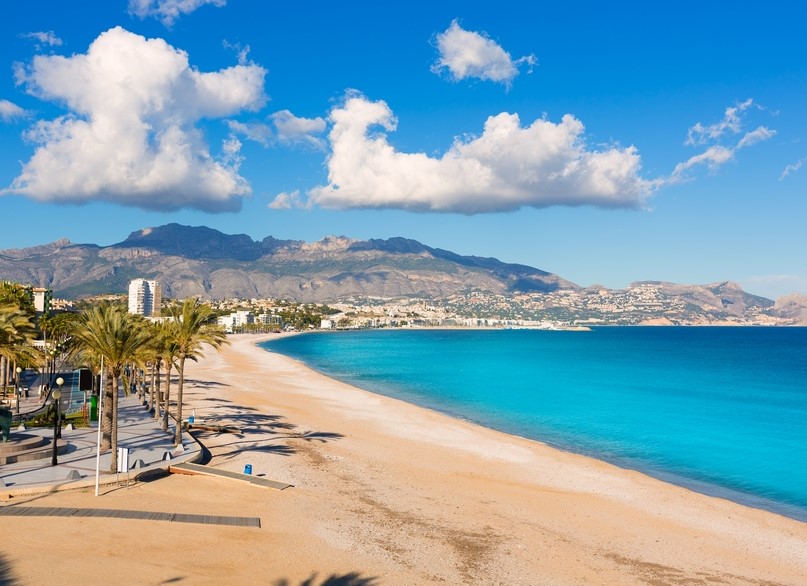
Alicante Province
Nestled along the Costa Blanca, the Alicante Province offers a perfect blend of affordability and coastal charm. While the city of Alicante itself can be pricier, numerous smaller towns and villages in the province provide excellent value for money.
Torrevieja: This coastal city is known for its salt lakes and beautiful beaches. Property prices here are remarkably affordable, with many apartments available under €100,000. The cost of living is generally low, with groceries and dining out being remarkably inexpensive.
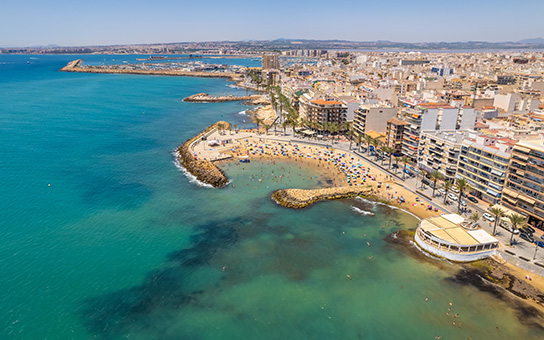
El Campello: Just north of Alicante city, El Campello offers a more laid-back atmosphere with its long stretches of sandy beaches. While slightly more expensive than Torrevieja, it's still considerably cheaper than many other coastal areas in Spain.
Living in the Alicante Province allows you to enjoy a typical Mediterranean climate with hot summers and mild winters. The area is well-connected, with Alicante-Elche Airport providing easy access to the rest of Europe.
Murcia Region
The Murcia region, often overlooked by international buyers, offers some of the best value coastal living in Spain. With its unspoiled beaches and authentic Spanish atmosphere, it's a hidden gem for those seeking affordability near the sea.
Águilas: This charming fishing town boasts beautiful beaches and a rich history. Property prices here are very competitive, and the cost of living is notably low. The town has a strong Spanish feel, perfect for those looking to immerse themselves in the local culture.
Mazarrón: Another coastal gem in Murcia, Mazarrón offers a combination of beautiful beaches and affordable living. The area is known for its excellent climate, with over 300 days of sunshine annually.
The Murcia region benefits from a dry, warm climate and is less developed than some of the more popular coastal areas. It offers a more authentic Spanish experience. The new Murcia International Airport has improved accessibility to the region, making it an increasingly attractive option for international residents.
Costa del Sol (Málaga Province)
While parts of the Costa del Sol are known for luxury and high prices, there are still pockets of affordability to be found, especially if you're willing to look beyond the most famous resorts.
Torrox: Often called the 'healthiest place to live in Europe' due to its microclimate, Torrox offers a blend of beach life and traditional Andalusian charm. Property prices here are much lower than in nearby tourist hotspots like Nerja.
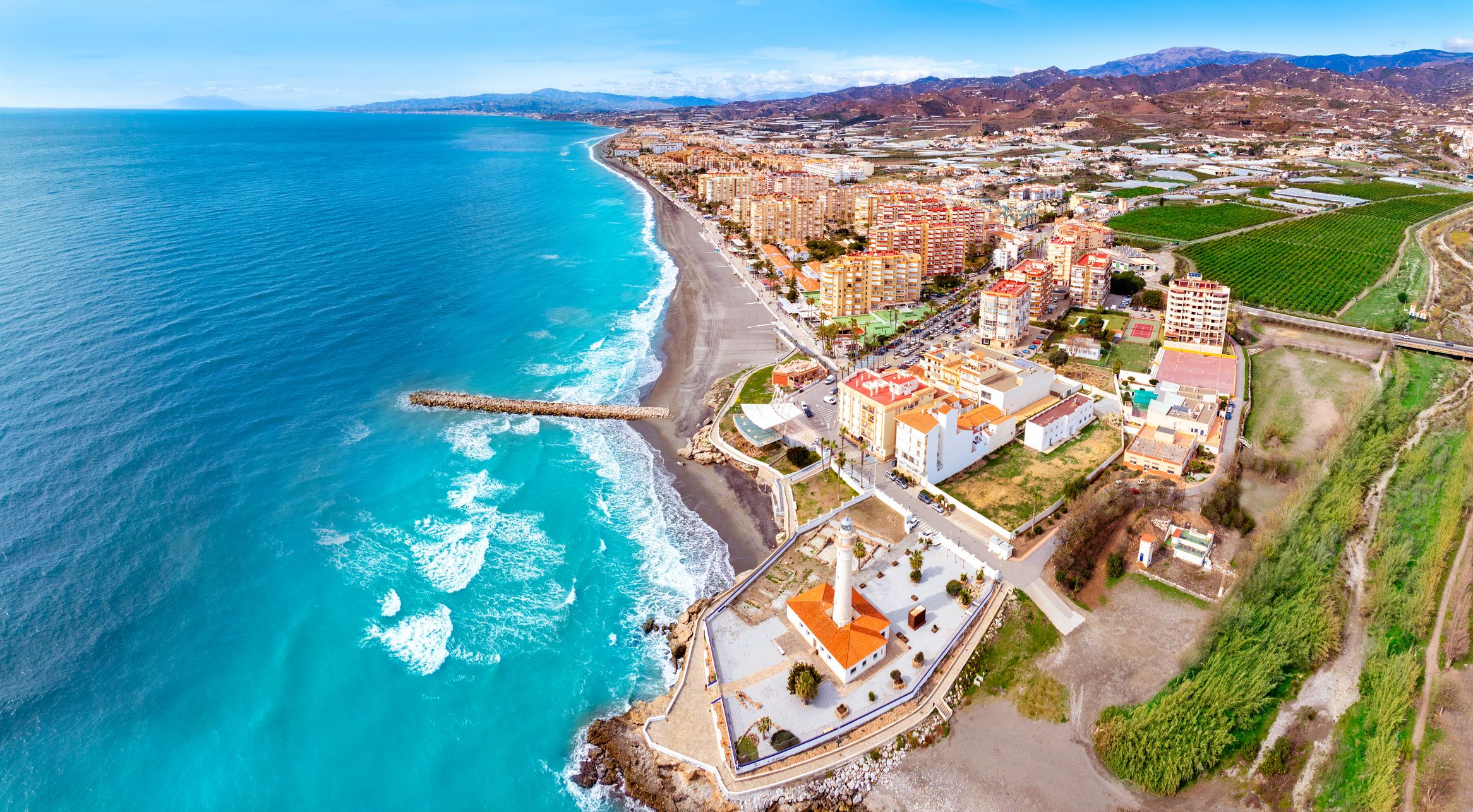
Vélez-Málaga: The capital of the Axarquía region, Vélez-Málaga, is located just inland but close to the beaches of Torre del Mar. It offers a more authentic Spanish lifestyle with lower living costs than the more touristy coastal areas.
Living on the Costa del Sol provides excellent amenities, a large expat community, and easy access to Málaga city and its international airport. The region enjoys a subtropical Mediterranean climate with mild winters and hot summers.
Costa de Almería
The Costa de Almería in southeastern Spain offers some of the most affordable coastal living in the country. This region is less developed and touristy than other coastal areas, providing a more authentic Spanish experience.
Mojácar: This picturesque white village perched on a hill near the coast offers stunning views and beautiful beaches. Property prices in Mojácar are very reasonable, and the cost of living is low compared to more popular coastal destinations.
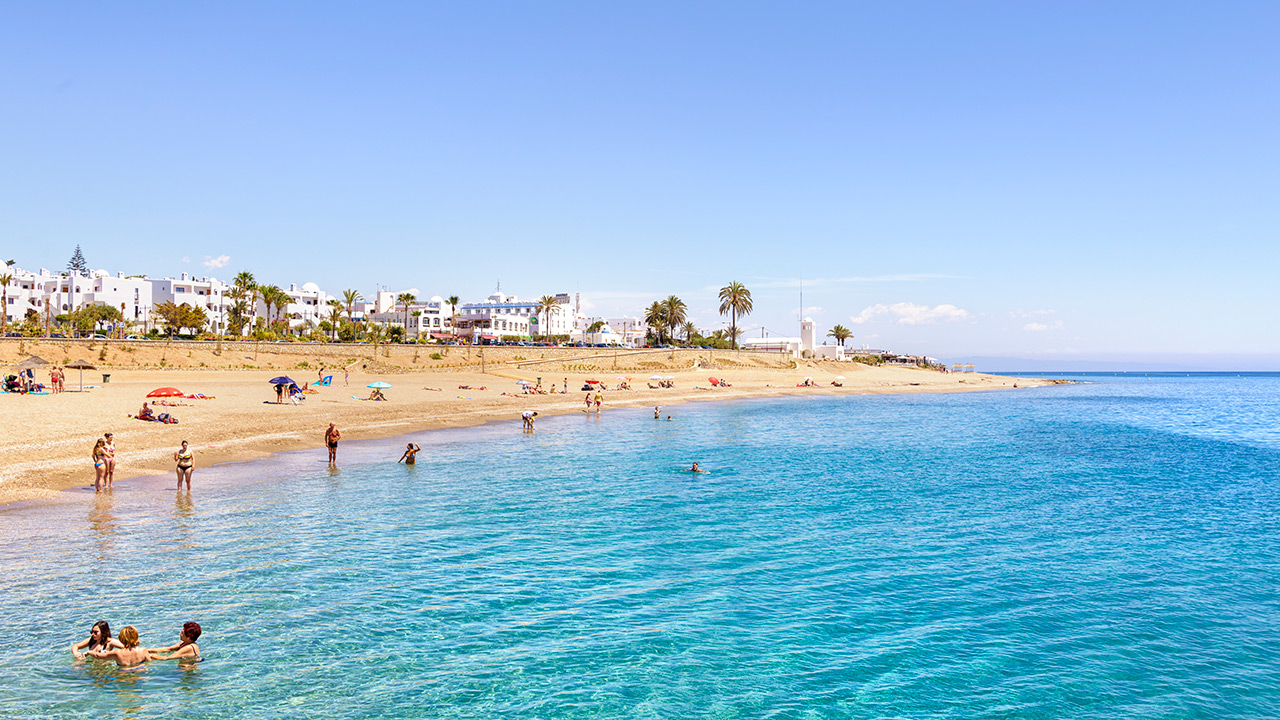
Garrucha: This small fishing town provides an authentic Spanish coastal experience at affordable prices. It's known for its seafood and beautiful beaches.
The Costa de Almería boasts a dry, sunny climate and is home to Europe's only desert, the Tabernas Desert. The region offers a slower pace of life and is ideal for those seeking tranquillity and affordability.
Costa de la Luz (Huelva Province)
Located in southwestern Spain, bordering Portugal, the Costa de la Luz in Huelva Province offers some of the country's most pristine beaches at very reasonable prices.
Isla Cristina: This coastal town is known for its beautiful beaches and is one of the most important fishing ports in Andalusia. Property prices here are very competitive, and the cost of living is low.
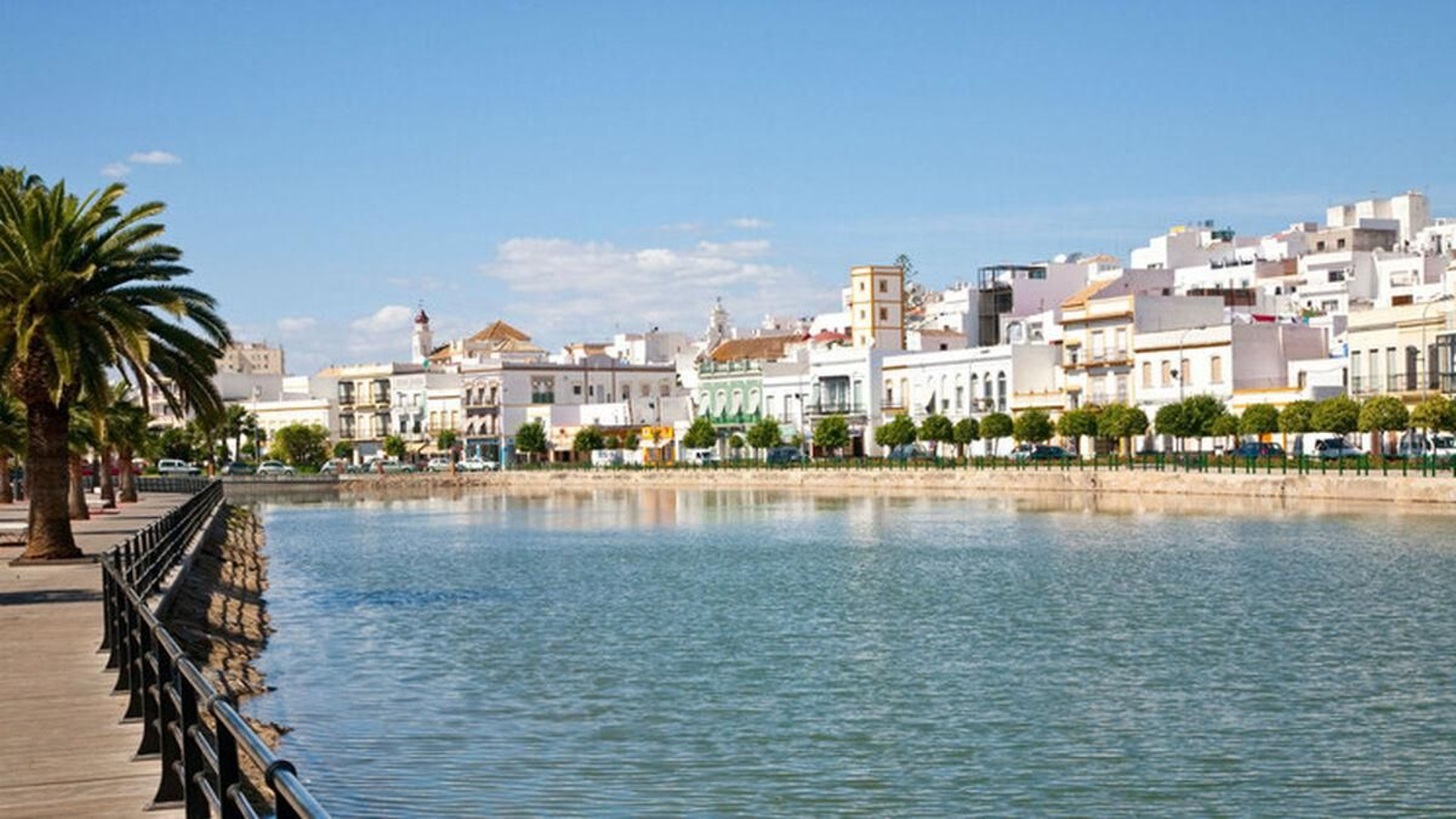
Ayamonte: Situated on the border with Portugal, Ayamonte offers the best of both countries. It's a charming town with affordable property prices and a low cost of living.
The Costa de la Luz enjoys a warm climate with Atlantic breezes, making it cooler in summer than some Mediterranean coast areas. The region is less developed touristically, offering a more authentic Spanish experience.
Considerations When Choosing a Location
While these areas offer affordable coastal living, it's essential to consider several factors when deciding where to settle:
Year-round living vs. holiday destinations: Some cheaper coastal areas may be quiet during the off-season. Consider whether you're looking for a bustling year-round community or are happy with a more seasonal atmosphere.
Healthcare: While Spain has excellent public healthcare, some smaller towns may have limited medical facilities. Ensure you research the healthcare options in your chosen area, especially if you have specific medical needs.
Transport links: Consider how well-connected the area is. Are there good public transport options? How far is the nearest airport? This can be particularly important if you plan to travel frequently or expect visitors from abroad.
Language: In some less touristy areas, English may not be widely spoken. If you're moving to a more authentic Spanish area, consider your Spanish language skills and willingness to learn.
Work opportunities: If you need to work, research the job market in your chosen area. Some smaller coastal towns may have limited employment options, especially for non-Spanish speakers.
Community: If having fellow international residents nearby is important to you, look into the existing expat community in the area. Some areas have large, established expat communities, while others are predominantly Spanish.
Cost of Living in Coastal Spain
While these areas offer more affordable living compared to popular tourist destinations or major cities, it's important to have a realistic understanding of the costs involved in living in coastal Spain.
Accommodation: Rental prices can vary significantly depending on the specific location and type of property. In many of the areas mentioned, one-bedroom apartments are available for rent from around €400-€600 per month, with purchase prices for similar properties starting from around €70,000-€100,000.
Utilities: Monthly utilities (electricity, heating, cooling, water, garbage) for a small apartment typically range from €80-€120.
Food and Dining: Grocery prices in Spain are generally reasonable, especially if you shop at local markets and buy seasonal produce. A meal at an inexpensive restaurant might cost around €10-€15 per person.
Transportation: Public transport is generally affordable in Spain. A monthly pass for local transport typically costs between €30 and €50.
Healthcare: If you're a resident contributing to the Spanish social security system, you'll have access to public healthcare. Private health insurance is also available and relatively affordable, with basic plans starting from around €50-€100 per month.
Remember that while these areas offer more affordable living, costs can still add up. It's crucial to budget carefully and consider all expenses, including potential property taxes, income taxes, and healthcare costs.
Spain's coastline offers a diverse range of affordable living options for those dreaming of a life by the sea. From the Costa Blanca to the Costa de la Luz, there are numerous locations where you can enjoy beautiful beaches, warm weather, and the famous Spanish lifestyle without spending a fortune.
However, it's essential to do thorough research before making a move. Visit your potential new home at different times of the year, speak to locals and expats already living there, and carefully consider your personal needs and preferences.
Whether you're looking for a bustling town with a large expat community or a quiet fishing village where you can immerse yourself in Spanish culture, there's likely an affordable coastal area in Spain that's perfect for you. With careful planning and consideration, your dream of affordable beach living in Spain can become a reality.